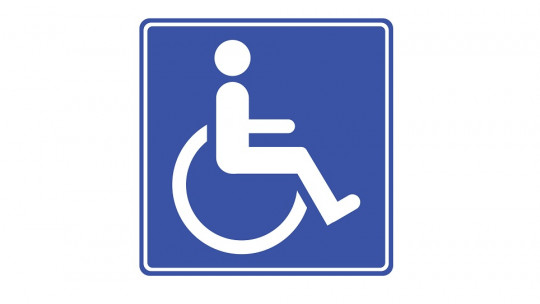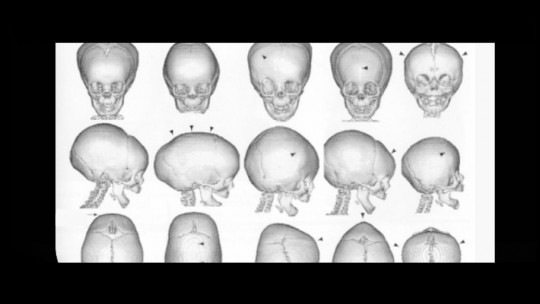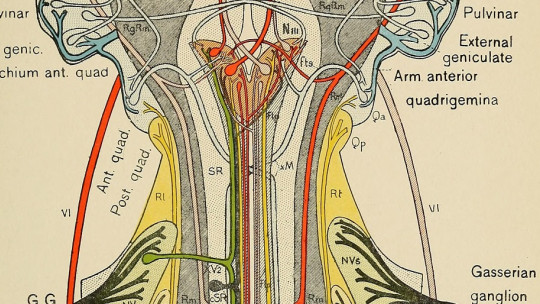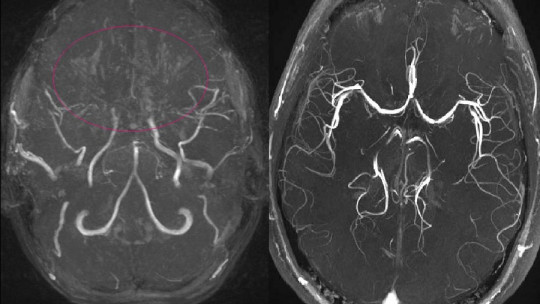
Each and every one of us is unique, possessing different characteristics and living a life different from everyone else. However, most of us have a series of common abilities and skills that are generally taken for granted in most people. And in some cases and due to different circumstances, some people lose or have not developed these skills in the same way as the majority of the population.
Because of this, these people may suffer various difficulties in different aspects of their lives, being able to suffer different types of disabilities depending on the type of problems or the abilities or organs that present some alteration. And it is about these different types of disabilities that we are going to talk about in this article.
What is disability?
We understand disability as any situation in which a subject sees his participation limited in some type of field or action, due to the existence of some type of deficiency in some organ or intellectual capacity. It is in itself the existence of a limitation, not being a cause but a consequence.
The existence of a disability therefore implies a difficulty or obstacle for the participation of the subject in society or in some aspect or vital domain in comparison with the possibilities presented by those people without the deficiency in question or even the subject himself at a previous moment of life. his life.
Of course, disability does not mean that the person who has it cannot achieve and carry out the same activities as long as they have help tailored to their needs.
In the same way, The term “disability” is not synonymous with illness, although in practice both concepts tend to overlap in many cases. In any case, disability itself is not a word that is limited to the clinical and health field, and its implications are more related to the social world: urban planning, architecture, politics, etc.
The different types of disabilities
As we have indicated previously, there is not only one type of disability but rather We can find different classifications depending on the type of problem in which difficulties arise. Thus, we can establish different major types of disabilities, with the first three being the ones that are most taken into account.
1. Physical disability
Any type of limitation generated by the presence of a disability is called physical or motor disability. problem linked to a decrease or elimination of motor or physical abilities such as the physical loss of a limb or its normal functionality.
This type of disability arises in the context of spinal problems, traffic accidents, head trauma, medical illness that causes physical limitation, amputations, congenital malformations or cerebrovascular accidents.
2. Sensory disability
Sensory disability refers to the existence of limitations derived from the existence of deficiencies in one of the senses that allow us to perceive the environment, whether external or internal There are alterations in all senses, although the best known are visual and hearing disabilities.
3. Intellectual disability
Intellectual disability is defined as any limitation of intellectual functioning that hinders social participation or the development of autonomy or areas such as academic or work, having an IQ of less than 70 and influencing different cognitive abilities and social participation. . There are different degrees of intellectual disability which have different implications in terms of the type of difficulties they may present.
4. Mental disability
We speak of mental disability when we are faced with a situation in which behavioral and adaptive behavior alterations generally derived from suffering from some type of mental disorder.
5. Visceral disability
This little-known type of disability appears in those people who suffer from some type of deficiency in one of their organs, which generates limitations in the subject’s life and participation in the community. This is the case of those that can cause diabetes or heart problems
6. Multiple disabilities
This type of disability is one that derives from a combination of limitations derived from some of the previous deficiencies. For example, a blind subject with intellectual disabilities, or a paraplegic subject with deafness.
What does it socially imply that there are people with disabilities?
As we have seen before, the different types of disabilities are not simply an individual problem, but raises a series of debates with social implications
This is because the very concept of a disabled person does not have to imply that these individuals are condemned to suffer for not being able to adapt to an environment not designed for them.
Thus, There are many social movements that fight for people with disabilities to be included in the notion of citizens with agency to function in a society that takes them into account.
This means, for example, worrying about making streets and buildings accessible, making institutions usable by them, avoiding linguistic formulations that facilitate discrimination, etc. In short, a whole series of demands as plural as society is plural and diverse.








